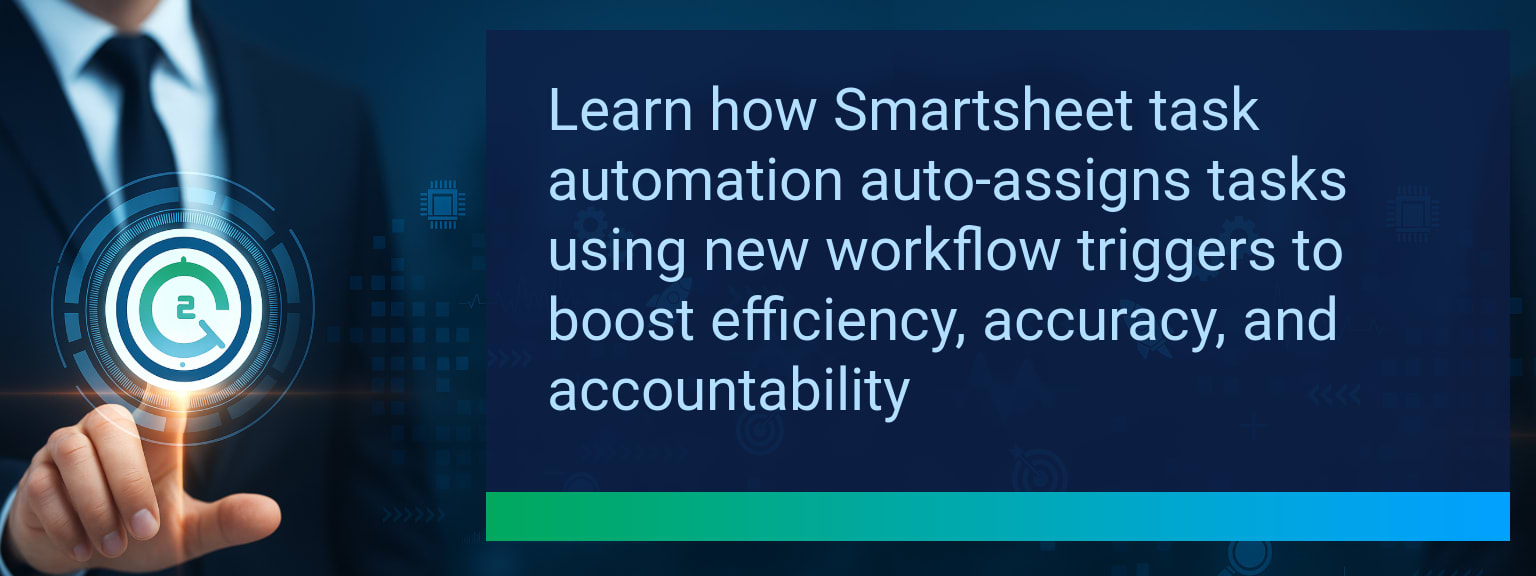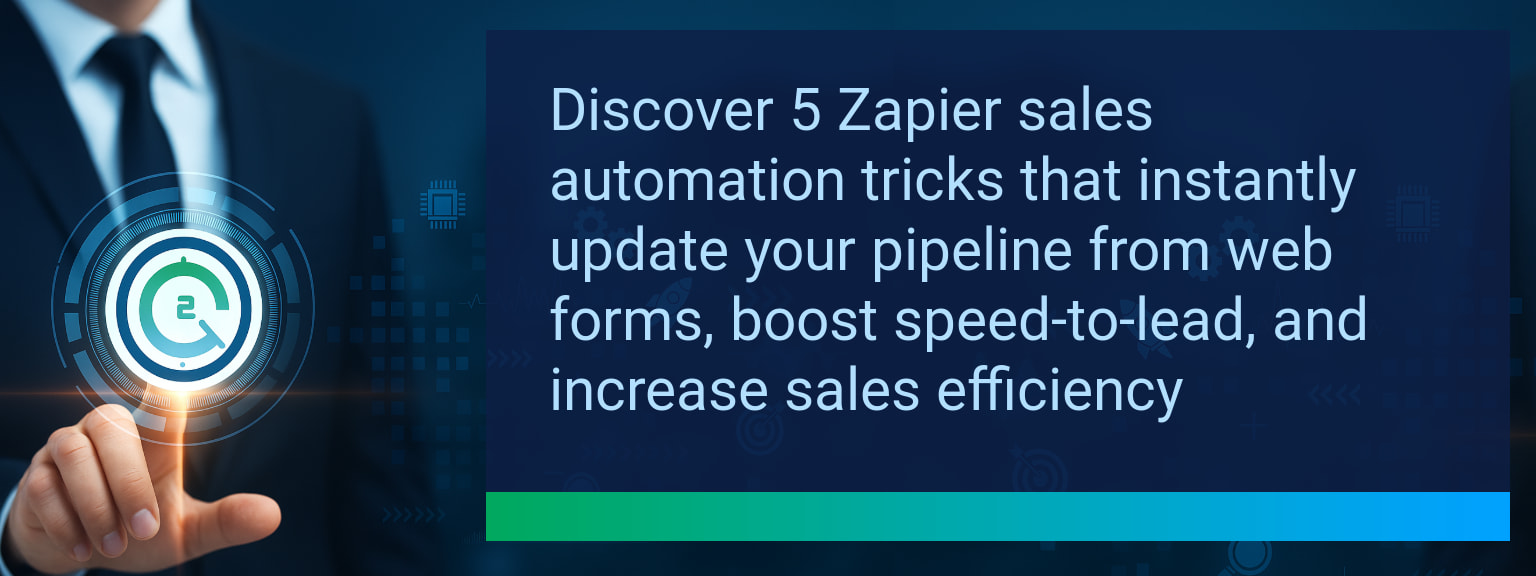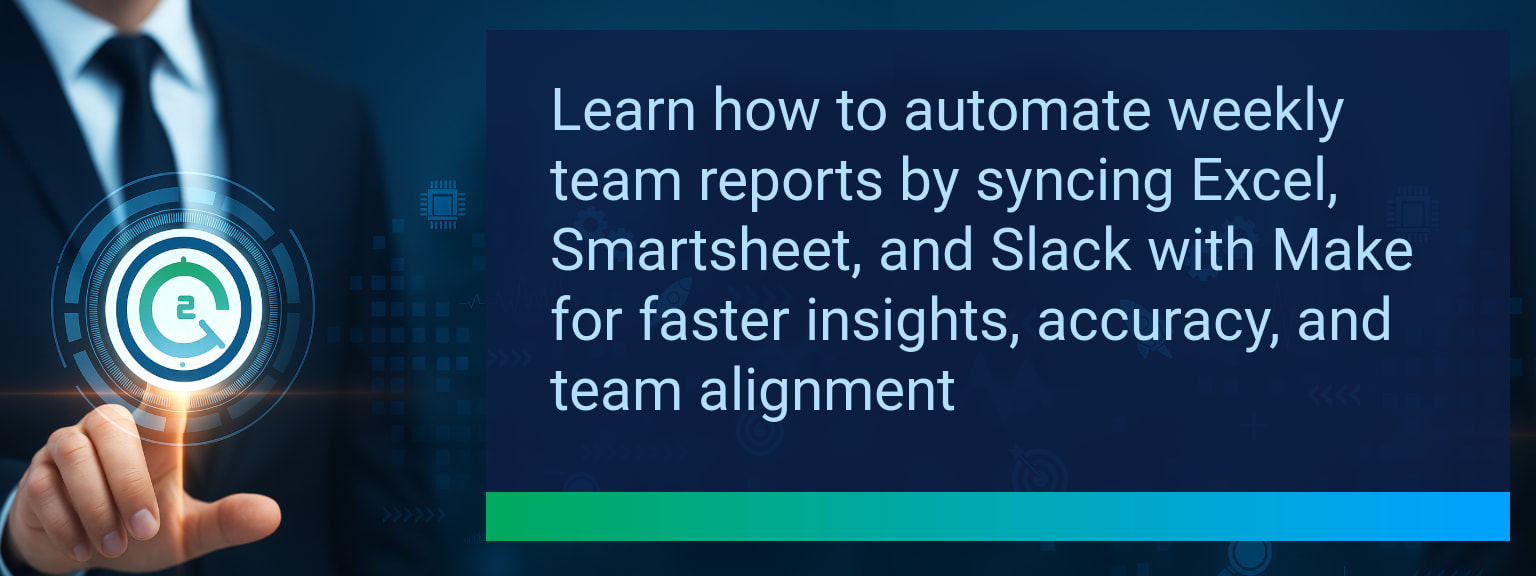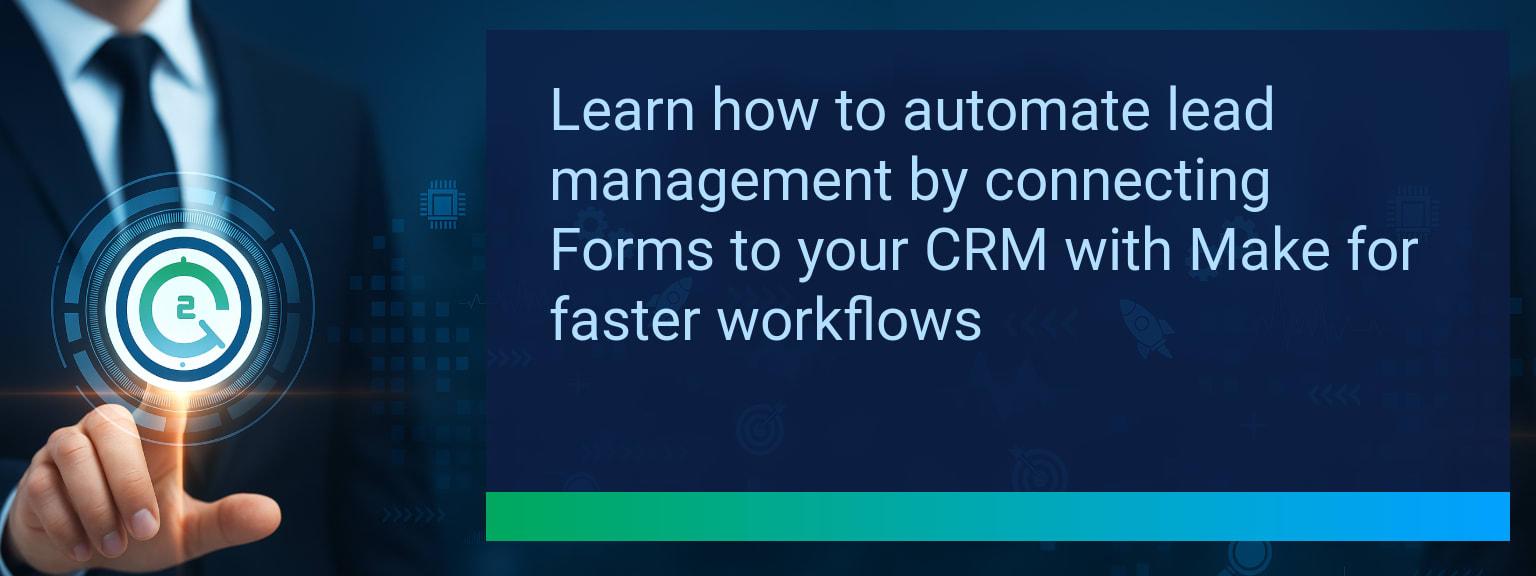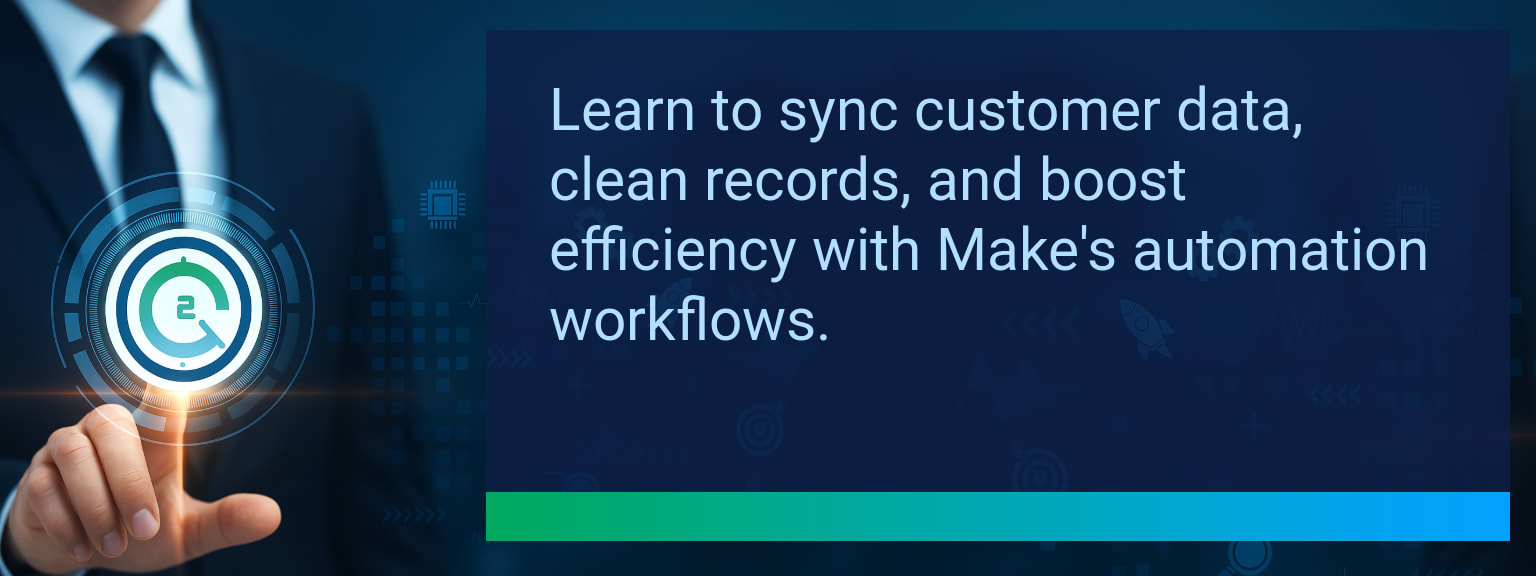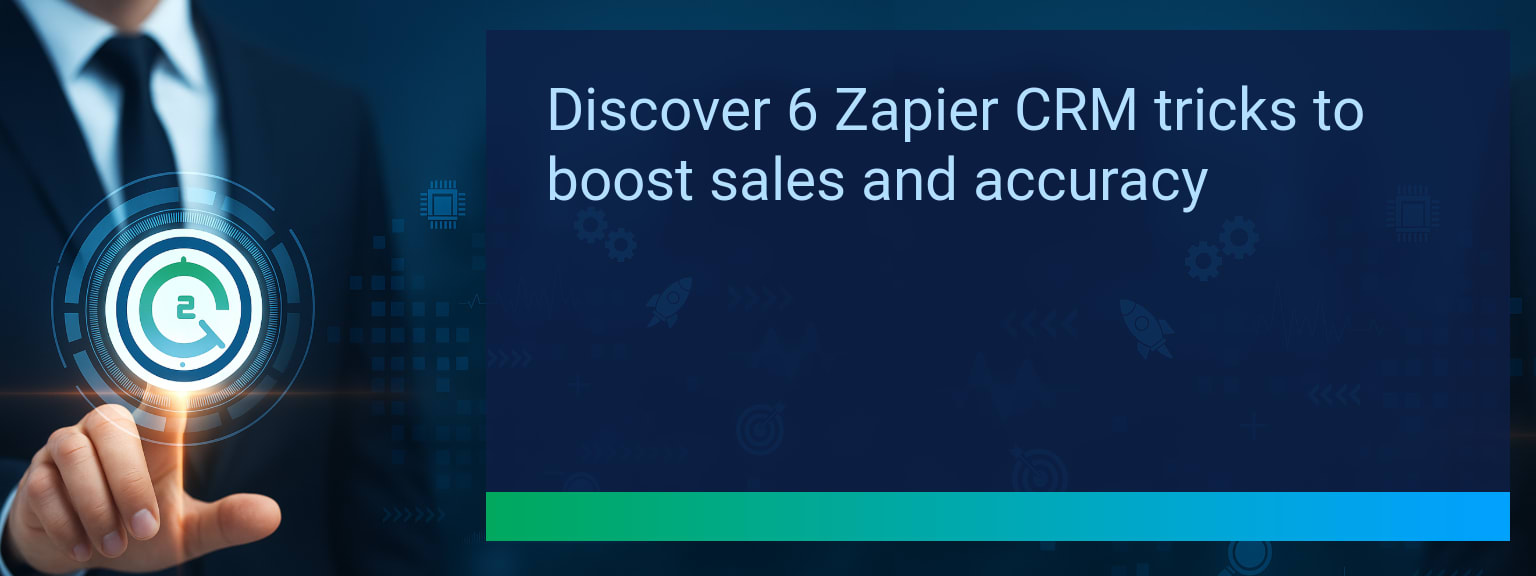How Smartsheet Task Automation Transforms Team Efficiency
Sales teams lose hours each week manually assigning and reassigning tasks. Those delays compound, slowing pipeline velocity, diminishing conversion efficiency, and hurting forecast accuracy. Thanks to Smartsheet Task Automation and SmartLink Basics, you can now auto‑assign tasks with precision based on real‑time triggers—eliminating bottlenecks and creating a self‑managing workflow. In this Two Minute Tech Tips guide, you’ll learn exactly how to implement the latest Smartsheet workflow automation features for faster, more accurate task distribution across your sales and operations teams.
- Enable Smartsheet workflow automation to trigger task assignments in real time.
- Use field values, due dates, or form submissions as automation triggers.
- Incorporate conditional logic to assign based on task type, urgency, or owner capacity.
- Integrate external systems (CRM, HR tools) for dynamic task routing.
- Audit rules quarterly to maintain accuracy and prevent conflicts.
What Changed and Why It Matters Now with Smartsheet Task Automation
Smartsheet’s recent updates expanded workflow triggers beyond simple date‑based actions. Now, task assignment can be driven by multi‑condition logic, giving you control over how work is distributed. For sales leaders, this means you can shift from reactive allocation to proactive workload management, directly influencing team productivity and quota attainment.
Example: When a new deal reaches “Contract Sent,” automation can instantly assign a follow‑up task to the right account manager, improving win rate consistency.
The result: less lag time, fewer missed follow‑ups, and a rapid lift in operational efficiency across the entire revenue team.
Overcoming Bottlenecks In Task Allocation
Manual task assignment is prone to human error and often delays follow‑up on high‑value opportunities. In multi‑stage sales processes, every delay impacts pipeline velocity and forecast predictability. Using Smartsheet workflow automation, you can transform bottlenecks into seamless transitions between pipeline stages.
Example: Assigning a pre‑call research task the moment a lead enters the “Discovery” stage ensures sellers have context before first contact—raising call conversion efficiency and saving prep time.
Action step: Audit your funnel stages to identify where delays happen, then implement auto‑assign rules tied to stage updates.
Implementing Automated Assignment For Peak Efficiency
To set up auto‑assignment in Smartsheet, select your trigger (field change, date reached, form submission), add conditions, and define the “Assigned To” field. Leveraging contact lists makes this scalable—sellers can be dynamically assigned based on territory, segment, or product line.
Example: Automatically routing inbound demo requests from a web form to the territory’s AE shortens speed‑to‑lead and boosts conversion probability.
Action step: Start with high‑volume, repeatable tasks where the value of instant assignment is greatest, then build from there.
Measurable Gains In Speed And Accountability
When every task lands with the right owner instantly, response times shrink and accountability strengthens. For sales, that translates into faster stage progression, reduced drop‑offs, and better workload balance across the team.
Case in point: One SaaS revenue team reported a 28% improvement in opportunity progression after adopting auto‑assign tasks triggered at key deal stage changes.
Action step: Benchmark your current response times and compare after 30 days of automation to quantify ROI.
Advancing Automation With Smarter Triggers And AI
Smartsheet’s automation roadmap is moving toward AI‑driven recommendations. Soon, triggers won’t just respond to fixed data—they’ll anticipate needs based on patterns. AI could suggest reallocations mid‑cycle to smooth capacity or pre‑assign tasks in anticipation of surge weeks.
Sales leaders should prepare by documenting current workflows, then mapping where predictive assignment would deliver competitive advantage.
| Category | Metric | Definition | Target |
|---|---|---|---|
| Leading | Automation Execution Rate | % of workflow triggers that successfully assign tasks without error | 95%+ |
| Leading | Time to Assignment | Average seconds from trigger event to task appearing on assignee’s list | ≤ 5 seconds |
| Lagging | Weekly Hours Saved | Total hours saved from eliminating manual assignment | 4+ hours |
| Lagging | Follow‑Up Speed Gain | % reduction in time from lead creation to first follow‑up | 25%+ |
| Quality | Assignment Accuracy | % of tasks assigned to the correct owner without manual correction | 98%+ |
| Quality | Workflow Adoption Consistency | % of users maintaining automated workflows beyond 4 weeks | 85%+ |
Explore more quick, actionable tips on AI, automation, Excel, Smartsheet, and workflow tools to work smarter every day.
Activate Automation to Keep Revenue Teams Moving
Smartsheet Task Automation allows sales leaders to turn static processes into self‑optimizing systems. By applying workflow triggers and conditional logic, teams reduce lag and increase task accuracy—delivering measurable gains in speed and accountability. Start with one high‑impact auto‑assignment rule this week, then scale strategically. For more expert insights from Two Minute Tech Tips, explore high‑performance sales leadership strategies that align technology to revenue outcomes.

